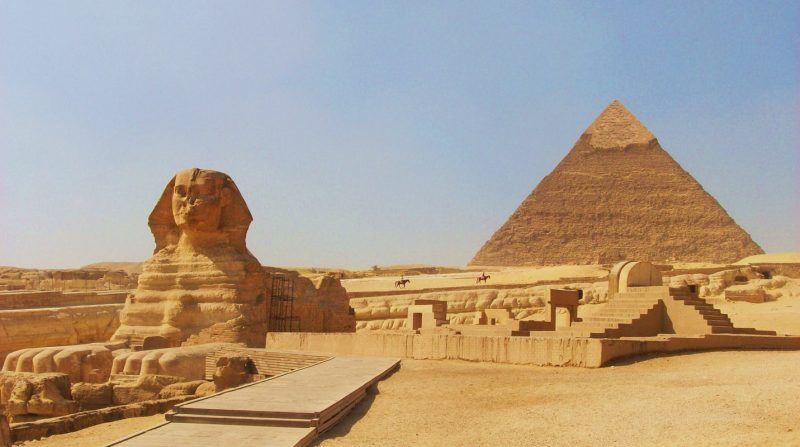GU KAIZHI
Artist Name : Ku K’ai-chih
Artwork Name: Gu Kaizhi
Location : Wuxi , China
Artwork Name: Gu Kaizhi
Location : Wuxi , China
Gu Kaizhi (顧愷之, ca. 344-406) is a celebrated
painter of ancient China. According to historical records he was born in Wuxi,
Jiangsu Province and first painted at Nanjing in 364. In 366 he became an
officer (Da Sima Canjun, 大司馬參軍). Later he was promoted to a
royal officer (Sanji Changshi, 散騎常侍). Gu Kaizhi wrote three books
about painting theory: On Painting (畫論), Introduction of Famous Paintings
of Wei and Jin Dynasties (魏晉勝流畫贊), and Painting Yuntai Mountain
(畫雲台山記).
Gu Kaizhi’s art is known today from both written records and
paintings that are associated with him. He is recorded as having been among the
first to paint a representation of Vimalakīrti, the Buddhist saint who became
popular in China.
Two versions of a painting recorded as having been painted by
him, the hand scroll known as the Nymph of the Luo River, illustrating a Daoist
poem, exist today. His essay “Hua Yuntaishan Ji” (“On Painting the Cloud
Terrace Mountain”) is also Daoist in content. The famous hand scroll entitled
The Admonitions of the Court Instructress bears a signature of Gu Kaizhi,
though it is not originally recorded as having been painted by him.
Nonetheless, it accurately maintains a pre-Tang dynasty (618–907) style. The
scroll illustrates, through a series of individual scenes separated by the text
of a didactic Confucian poem, proper behaviour for court ladies. The line is
carefully controlled, and the composition and highly selected details both
illustrate and expand effectively upon the nature of the text.
- The theme of the Luoshen Appraisal Painting (luo shen fu) was drawn from the article, Luoshen Appraisal, written by Cao Zhi, son of the Wei Emperor Cao Cao. The painting depicts the meeting between Cao Zhi and the Goddess Luoshen at Luoshui River, vividly capturing the mood of their first meeting and eventual separation. Gu emphasized his subjects' expressions, with the stones, mountains and trees having an ornamental purpose. Gu's paintings, which greatly influenced later traditional Chinese paintings, are similar in style to the Dunhuang murals.
- Gu also made great advances in summarizing painting theories. His theoretical works included Painting Thesis and Notes on Painting Yuntai Mountain. Gu paid considerable attention to the vivid expressions of his subjects to expose their spirit. His Graphic Theory later became a basic theory for traditional Chinese painting.
References
The People's Republic of China in Los Angeles; The Consulate
General of .2003 webmaster@chinaconsulatela.org,
Cultural China - Arts - Biography of Gu Kaizhi ; Yamini
Chauhan .Aug 04, 2014 https://www.britannica.com/biography/Gu-Kaizhi


















